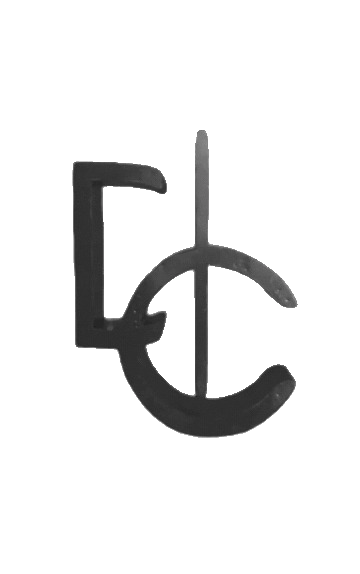
Exercise breakdown, Week 14: Eliminate your lower back pain with these 2 drills
Many individuals experiencing lower back pain often attribute it to issues with the hip flexors or hamstrings. While these muscles can indeed contribute to discomfort, they are not the sole culprits behind the pain.
Tight or weak hip flexors, for instance, may lead to a forward tilt of the pelvis, causing an increased natural arch in the lower spine—a condition known as lumbar lordosis. This heightened curvature can strain muscles and structures in the lower back.
However, based on my experience working with clients, the primary source of pain often stems from a lack of hip internal rotation.
It's crucial to understand that the body requires internal rotation to generate force, particularly during weightlifting. When there's a deficiency in hip internal rotation, the lower back tends to compensate. As the lower back extends, it induces compensatory internal rotation in the femurs, resulting in repetitive wear and tear over time.
Addressing this issue involves a two-step approach:
-
- Begin with a posterior hip capsule stretch to create space and allow the femur to move into internal rotation. When you inhale through the nose, think about reaching further with the arm overhead, as you exhale through the mouth, think about reaching the rear leg further to the back.
-
- Perform this drill to enhance your ability to control and utilize internal rotation. Shift hips as hard as possible, maintain this pressure, and at the same time push upper knee into the ball to activate the adductors/internal rotators
Understanding and addressing the root cause of lower back pain, particularly in the context of hip internal rotation, can contribute significantly to relieving discomfort and improving overall mobility.
